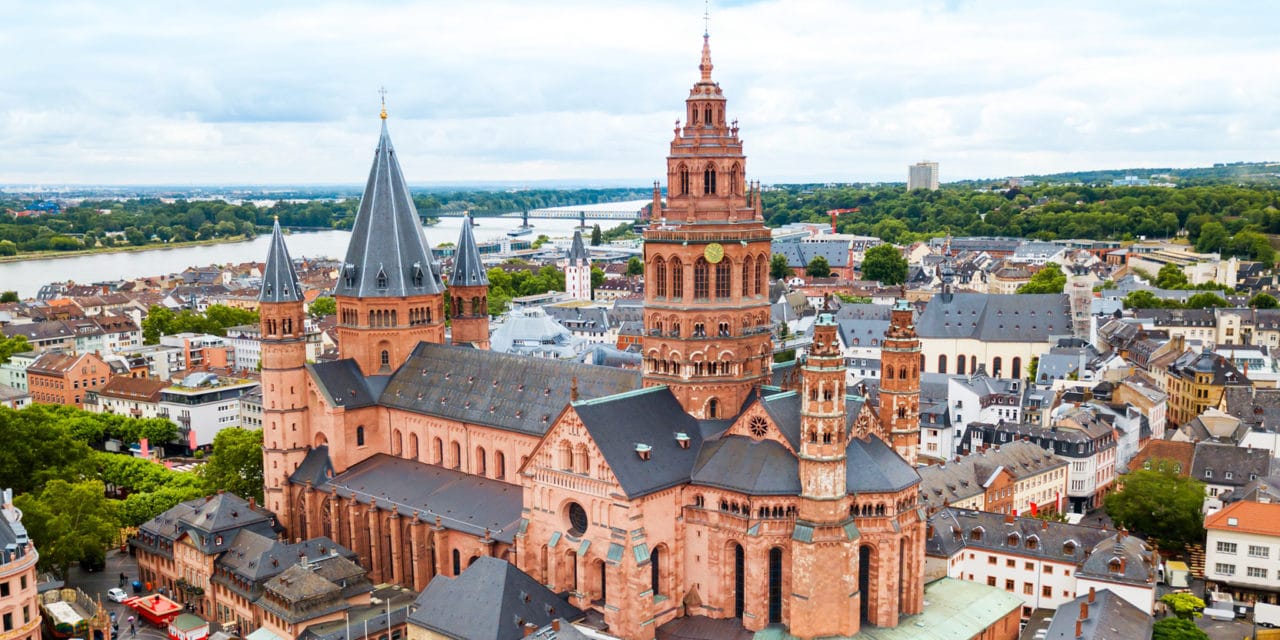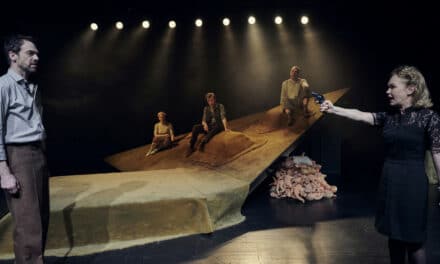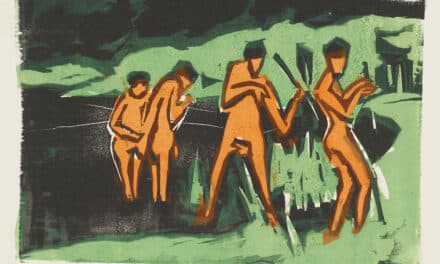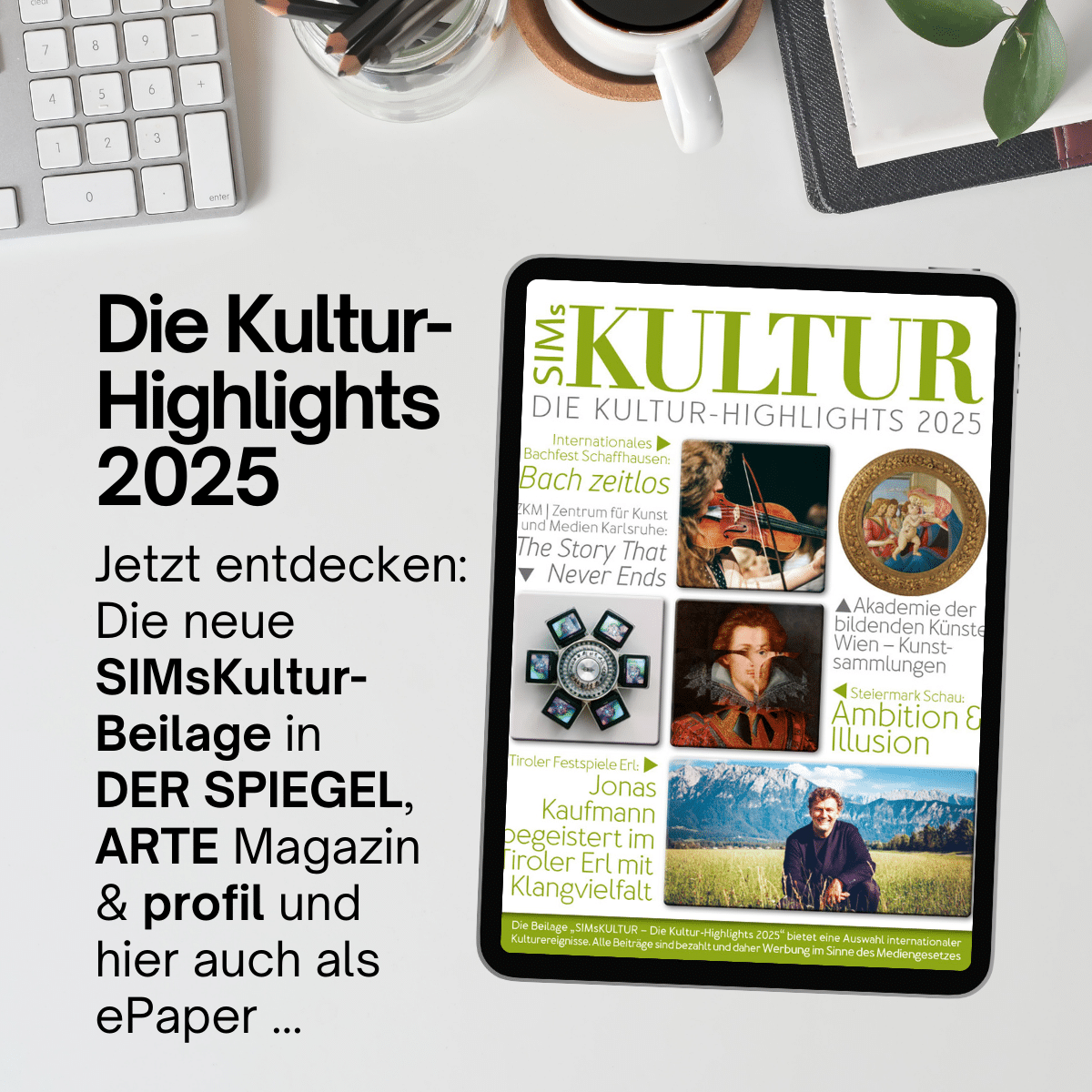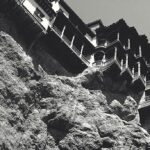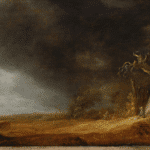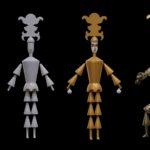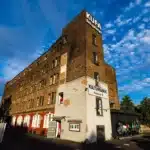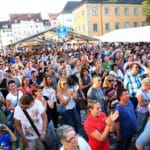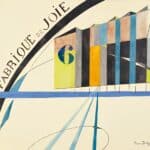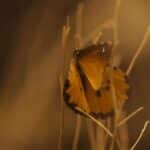A thousand years after its construction, the mighty cathedral still gives the city its face and has shaped its history. Mainz, at the crossroads of ancient routes, became the ecclesiastical center north of the Alps with the work of St. Boniface from 746/47; it was given the title "Holy See" when Willigis (975-1011) ruled in Mainz.
Willigis, Archbishop and also Archchancellor of the German Empire, laid the foundation stone for the cathedral in 975, modeled on St. Peter's in Rome. Seven royal coronations took place in Mainz Cathedral over the centuries. However, the new building did not survive the day of consecration in August 1009 - a fire destroyed the building and the cathedral could not be used again until 1036. Willigis was therefore buried in St. Stephen's.
The oldest surviving piece of equipment in the Romanesque pillar basilica dates from his time: the bronze door wings of the market portal. The inscription on this ceremonial door refers to the builder and the artist. The cathedral has three naves, two choirs and numerous chapel annexes. The west choir with the main altar is dedicated to St. Martin, the east choir to St. Stephen.
Mainz Cathedral is still framed by an almost complete remodeling. The "cathedral mountains" of red sandstone that have grown over the centuries form a contrast to the light-colored Romanesque Gotthard Chapel, which Archbishop Adalbert built before 1137 as the archbishops' house chapel. A crucifix from the Hohenstaufen period is kept there. Ignaz Michael Neumann, son of the famous baroque master builder Balthasar Neumann, built the cathedral buildings on the Leichhof in 1778/79. He provided them with fireproof stone roofs.
The cathedral had burned seven times over the centuries and the fear of fire was great. After being struck by lightning, the western crossing tower was given a new spire by Neumann in 1767, the shape of which refers to the Gothic bell storey. It was again built with stone and not wood as before.
The east choir with its walls over two meters thick is the oldest part of the cathedral. Its crossing tower was partially destroyed by the bombardment of Mainz in 1793 and was rebuilt at the beginning of the 19th century. Master builder Georg Moller designed a round iron dome, which was later removed in favour of a historicizing pointed roof. The capitals of the Liebfrauen portal, created by Lombard stonemasons around 1100, are a special ornament. In the 19th century, a crypt was found under the east choir, built in the style of the 11th century.
The late Romanesque west choir was built between 1200 and 1239 and its crossing tower was given a Gothic belfry in the 15th century. The carved rococo choir stalls from 1767 were saved from being sold off by Bishop Joseph Ludwig Colmar, who had been appointed by Napoleon. It was also Colmar who persuaded the French Emperor not to demolish the cathedral after secularization in 1803.
Since 1928, the bishops have been buried in the new crypt under the west choir. Of the 84 bishops and archbishops who reigned after Boniface, 45 are buried in the cathedral. Many funerary monuments from the 11th to 20th centuries are attached to the pillars and walls of the church and the cloister. The often idealized depictions of church dignitaries reflect the history of the diocese of Mainz. Their completeness and good state of preservation make this portrait gallery one of the most important Sightseeing in the cathedral. Old wall and glass paintings have not been preserved. The murals in the central nave, designed by the Nazarene painter Philipp Veit, date from the last century.
The Marian altar in the Ketteler Chapel with the "beautiful Mainz woman" is a major attraction. The late Gothic wooden figure group (around 1510) is the work of the sculptor Hans Backoffen, whose workshop produced three funerary monuments in the cathedral.
The 15th century cloister has two storeys. The canons used to live in the adjoining collegiate buildings. Today they house the Episcopal Cathedral and Diocesan Museum. Religious art treasures from the late Middle Ages and modern times can be admired in the restored late Gothic exhibition rooms.
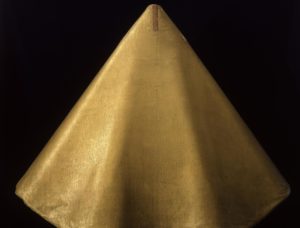
Wiligi's chasuble, Byzantine, c. 1000, Mainz, St. Stephen's, golden yellow samite, silk lining added in modern times H. 165 cm; hem circumference 520 cm © Bischöfliches Dom- und Diözesanmuseum Main/Marcel Schawe
The Mainz Cathedral Treasure
For centuries, the Mainz cathedral treasury was considered one of the most valuable in the West, reflecting the importance of the largest church province in Central Europe. Due to wars and times of upheaval, only a small part of it had survived. In the course of the 19th century, the cathedral treasury was renewed through the addition of liturgical objects from churches and monasteries in the diocese as well as grave finds made as a result of extensive renovation work in the cathedral before and after 1900. Today, the cathedral treasure once again consists of a large number of outstanding works of goldsmithery and is presented in the late Gothic St. Nicholas Chapel.
The newly designed exhibition in the cathedral treasury shows the eventful history of the treasure. The Byzantine silk chasuble of Archbishop Willigis († 1011) and the high altar of the collegiate church in Halle from the Cranach workshop are just two of the important pieces. The 15th century chapel contains masterpieces of the goldsmith's art. Their use in the liturgy dictated their placement: they stand for the seven sacraments and thus for decisive turning points in the life of a Christian. Contemporary goldsmith's work stands alongside Romanesque crucifixes and holy water vessels, liturgical books with magnificent Gothic covers and magnificent Baroque ray monstrances. Together with a selection of chalices and other liturgical objects, they provide a representative overview of this important genre of Christian art.
Today's cathedral treasury is housed in two church rooms: the St. Nicholas Chapel, built around 1410/20, and its late Romanesque sacristy. Under the overall theme of the "Seven Sacraments", you can see the most beautiful objects here, some of which are still used at particularly festive services in the cathedral.

